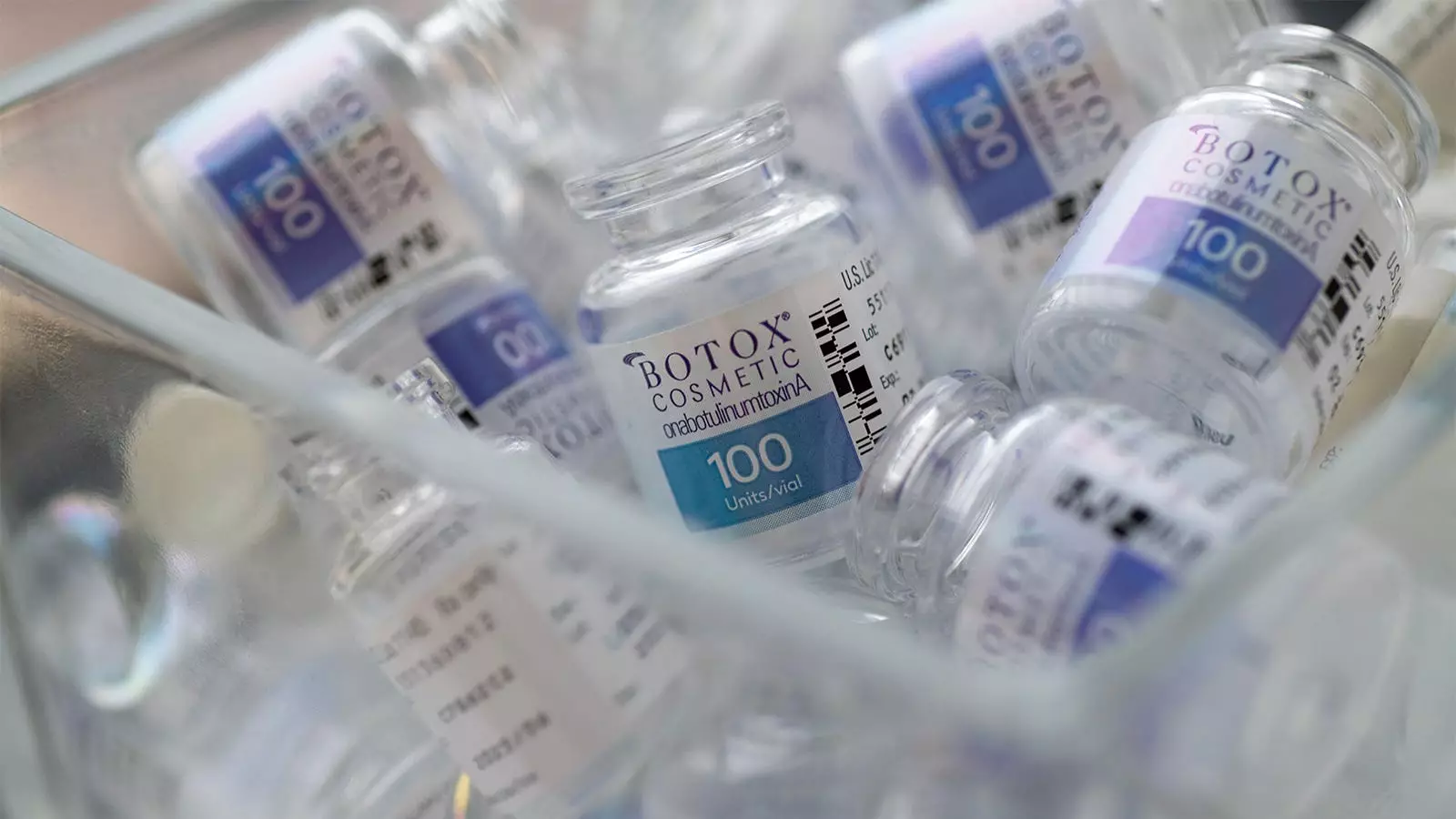In the annals of medical history, certain stories stand out not only for their implications but also for the unforeseen discoveries that emerge from them. The origin of botulinum toxin (commonly known as Botox) provides a fascinating glimpse into how a tragic event can lead to transformative medical advancements. In December 1895, an unsettling incident unfolded when a Belgian brass band suffered from food poisoning after enjoying a meal at a local inn following a funeral. They had consumed salted, uncooked ham, and within hours, they were afflicted by a series of distressing symptoms—ranging from vomiting and double vision to paralysis and respiratory difficulties. This unfortunate gathering ultimately resulted in multiple fatalities, as three band members lost their lives.
This incident marked the beginning of an investigation that would lead to a profound understanding of botulism, the illness linked to the toxin. Local health officials acted swiftly, enlisting the expertise of microbiologist Émile van Ermengem from the State University of Ghent. His investigation culminated in the identification of a previously unknown bacterium, which he named Bacillus botulinum (now known as Clostridium botulinum). Through diligent laboratory work, van Ermengem demonstrated that this microbe was responsible for producing a potent paralytic toxin leading to the devastating effects experienced by the band.
From Poison to Panacea
Fast forward over a century, and the same toxin that once induced tragedy has evolved into a highly sought-after medical treatment. Botox, the purified form of botulinum toxin type A, gained popularity predominantly in the realm of cosmetic enhancements, primarily for its remarkable ability to diminish wrinkles. Today, Botox treatments are among the most frequently performed cosmetic procedures globally, fueling a thriving billion-dollar industry.
However, this monumental shift from poison to panacea is anything but predictable; it hinges on an unexpected insight from a Canadian ophthalmologist, Dr. Jean Carruthers. In 1987, while utilizing Botox for treating muscle spasms around the eyes, she serendipitously discovered a new application for the drug that would revolutionize aesthetic medicine. A patient, during a routine visit, noted that cosmetic injections improved her forehead’s appearance by smoothing out wrinkles—a lightbulb moment that would alter the landscape of dermatology.
Rather than dismissing her patient’s observation, Carruthers took the time to listen and reflect. This interaction exemplified the critical nature of patient-doctor communication—an element that, while often overlooked, can lead to groundbreaking medical insights.
The story of Botox underscores the profound impact that the doctor-patient relationship can have on medical innovation. Dr. Rana Awdish, a leading voice in physician-patient communication, emphasizes that serendipity thrives in environments imbued with trust and adequate time for conversation. Patients often hold vital information that could inform critical diagnoses, but these insights may not emerge in hurried consultations devoid of attentiveness.
Unfortunately, the landscape of modern healthcare poses significant challenges to nurturing this ideal. As healthcare systems increasingly prioritize efficiency and productivity, the time allocated for genuine patient interactions has dwindled. This shift not only jeopardizes the quality of care but also undermines the potential for serendipitous medical breakthroughs. Physicians who invest more time with their patients may face professional repercussions, thus perpetuating a cycle detrimental to patient trust and holistic care.
The decline in trust in the healthcare system, exacerbated by experiences such as the COVID-19 pandemic, calls for a reinvigorated effort to revitalize the fundamental connections that drive medical discoveries. Today’s physicians must strive to create an environment where patients feel comfortable sharing their experiences, insights, and concerns. Creating this space requires a commitment to not just hearing but actively listening to patients—a vital practice that illuminates the path to understanding ailments that might otherwise remain undiscovered.
As the profession reexamines its priorities, the story of Botox serves as a poignant reminder of the transformative power of serendipity nurtured by a trusting relationship. Physicians who take the time to engage meaningfully with their patients may unlock new realms of understanding and innovation in medical practice.
The journey of Botox from a lethal toxin to a life-altering treatment showcases the unpredictable and often circuitous nature of medical advancement. To fully harness the potential of serendipity, the healthcare system must prioritize collaborative interactions between patients and doctors, fostering an environment of trust, empathy, and communication. Only then can we hope to replicate the successes seen in the revolutionary story of Botox, paving the way for future innovations in medicine that arise from unexpected connections.


Leave a Reply